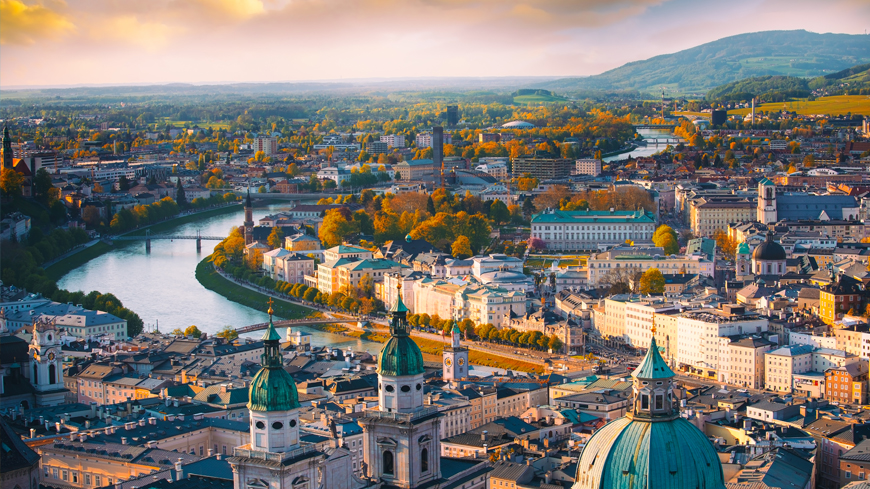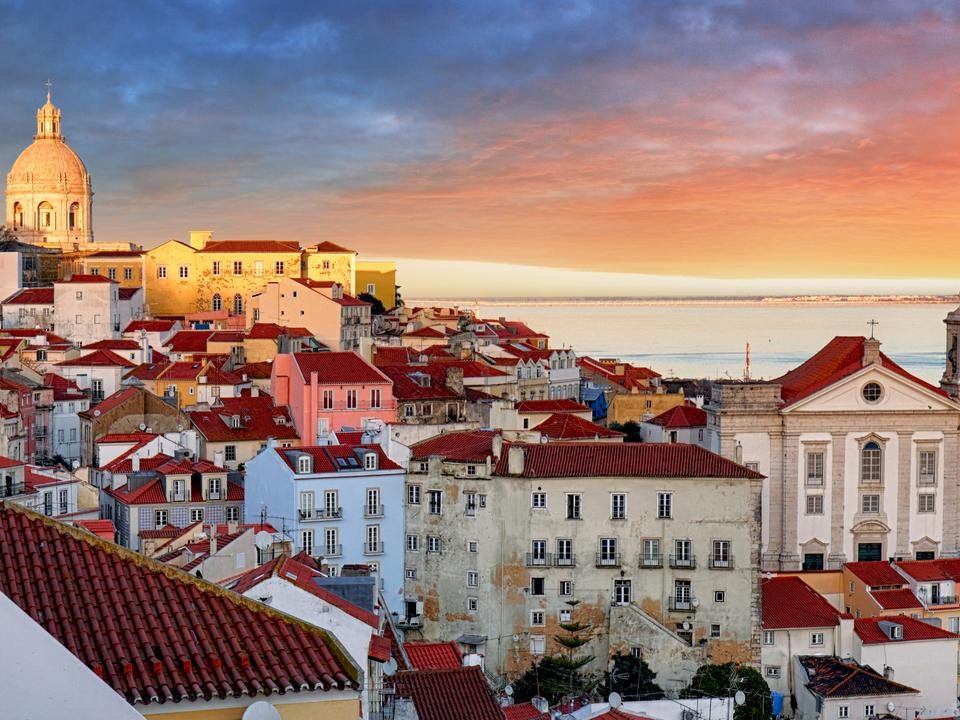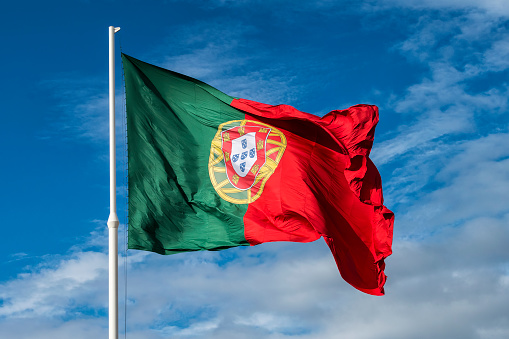Immigration to Canada
Canada consistently ranks among the best place to live in numerous studies. In both 2018 and 2019, Canada was ranked third best country in the world by US News & World Report. This is due in large part to its access to education, high life expectancy (Canada boasts a universal health care system), and low crime and violence rates.
Population
Canada has a population of about 36.7 million. The majority of Canadians are of European descent from early French and British colonists, as well as later immigrants from eastern and southern Europe. The second half of the 20th century saw a large increase in the number of immigrants from Asia, the Caribbean, and Africa. There are currently more than 260 different ethnic origins reported across Canada. It is also home to a large aboriginal population made up of the First Nations, Inuit, and Métis.
Canadian Values
Canada is an immensely large country that is extremely varied in its people, landscape, and climate. Because of this, the Canadian way of life will vary from one individual to the next. Canadians practice many different religions, and over 20 percent claim no religious affiliation. Canadians do share important values such as pride, a belief in equality and diversity, and respect for all individuals. It is these values that make Canada known as a friendly, peace-loving, and secure place in which to live.
Geography
Canada is located in the northern half of the North American continent, and is the second-largest country in the world. Despite its impressive size, the majority of the population lives within a few hundred kilometers of the southern border.
Canada has over two million lakes, and vast mountain ranges that include the Torngats, Appalachians, and the Rocky Mountains. The most important river in Canada is the St. Lawrence River, which is 3,058 km long and provides a seaway for ships from the Great Lakes to the Atlantic Ocean.
Climate
Canada’s climate is as varied as its people. Although much of the north has a particularly harsh arctic climate, that area is mostly uninhabited. The most populous regions of Canada, which lie in the southern regions along the US border, see four distinct seasons a year. Although winter lasts longer than summer in most of the country, the summers are quite hot. Rainfall varies from light to moderate, and there are heavy snowfalls in some areas.
Winters are less severe in the south because of the moderating influence of the Great Lakes. Southern summers are longer, but more humid, with temperatures averaging at about 20ºC from mid-June to mid-September. In the winter, lows of -25ºC are not uncommon. Expectedly, temperatures in spring and fall tend to be more moderate.
Canadian Provinces
Canada is made up of ten provinces and three territories. From west to east, the provinces are: British Columbia, Alberta, Saskatchewan, Manitoba, Ontario, Quebec, New Brunswick, Prince Edward Island, Nova Scotia, Newfoundland, and Labrador. The territories are the Yukon, the Northwest Territories, and Nunavut.
Despite the impressive size of the country, the majority of Canada’s population lives in a concentrated area of cities and towns within 100 kilometers of the US border. The population density in Canada is one of the lowest in the world, at 3.9 persons per square kilometer.
As of 2018, the largest cities by population Canada are:
- Toronto
- Montreal
- Vancouver
- Calgary
- Language
Canada has two official languages: English and French. English is the mother tongue of about 59% of Canadians, and French the first language of about 23%. Eighteen percent of Canadians either have more than one mother tongue or a mother tongue that is not English or French.
The Official Language Act makes English and French the official languages of Canada and provides for special measures aimed at enhancing the vitality and supporting the development of English and French linguistic minority communities. Canada’s federal institutions reflect the equality of its two official languages by offering bilingual services.
Other languages spoken in Canada include Chinese, Panjabi, Spanish, Arabic, and Tagalog. The most common Aboriginal languages are Cree, Inuktitut, and Innu/Montagnais.
Social Life
Canada is a massive country, so having a social life and things to do is always in your favor. Depending on which part of the country you’re in, you could be merely a short drive or a short plane ride from once-in-a-lifetime activities such as:
- Visiting Niagara Falls
- Exploring Banff National Park
- Skiing in Whistler
- Sight-seeing on Prince Edward Island
- There’s plenty more to see, but you’ll never run out of places to occupy your time when you’re not studying.
The Pros and Cons of Living in Canada
On face value, there are many pros of living in Canada but the cons of life in the Great White North are often less obvious for people who have yet to move to the North American country. In this section, we discuss the benefits and the disadvantages of living in Canada, so you can approach a possible move there with your eyes wide open.
There are many positives to life in Canada but no person is the same and you are sure to discover secrets about the country that you will come to love. Even so, we have compiled a shortlist of some of the things we think are great about the Great White North.
Excellent Healthcare
Canada’s healthcare system is consistently ranked among the best in the world. One of its benefits is its provision of publicly funded healthcare to all. Canada even has educational healthcare programs that teach the elderly how to avoid injuries and other health risks.
About two thirds of Canadians have private health insurance, which covers additional services, such as dental and eye care, prescription drugs, and private hospital rooms. Around 90% of these premiums are paid for by employers or unions.
Welcoming to All
Canada is generally a very progressive, diverse, and multicultural country. So, if you are considering living there, especially in one of its major cities, this is one of the benefits for foreigners.
In Toronto, Canada’s largest city, more than 140 languages are spoken. Over 20% of the country’s population was born abroad, so expats should fit in well. Most expats live in Ontario, British Columbia, Quebec, and Alberta.
The Natural World
From mountains and lakes to urban life, Canada is known for its abundance of nature. In fact, it has 20% of the world’s fresh water in its lakes and rivers, and the longest coastline on Earth. And there’s a chance you might bump into bisons, black bears, and bobcats, so pay attention when walking in the woods. You might even hear a wolf howling.
Canada’s waters are also teeming with life. You can see humpback whales, sea otters, and orcas. Plus, nearly two thirds of the world’s polar bears live in this country. So why not join them, from a safe distance of course?
Some of the main natural attractions are: Lake Louise at Banff National Park, Big Muddy Badlands in Saskatchewan, Red Sands at Prince Edward Island, Cathedral Grove on Vancouver Island, and Capilano Suspension Bridge Park in British Columbia.
While there is a lot to love about Canada, no country is perfect. Relocating is about creating your own slice of heaven where you happen to land. So, here are a few issues that might make living in Canada challenging at times.
High Cost of Living in the Most Popular Cities
If you want to live in a remote area of Canada it can be relatively affordable. But if you want to live in one of Canada’s densely populated cities, like Toronto or Vancouver, it is going to cost you. For instance, the average annual cost of living in Toronto is 45,400 CAD (33,880 USD), almost twice as much as in Québec, where it is 25,374 CAD (18,944 USD). Vancouver is slightly cheaper than Toronto with the average cost of living at 40,682 CAD (30,397 USD).
French Canadian Québec
If you are moving to Québec, bear in mind that French is the official language. 95% of the population speaks it as either their first or second language. This could make you feel like an outsider if you do not speak French fluently, so you might need some time to adapt.
Immigration is Limited
Although Canada is seen as a country that welcomes lots of expats, the last time it had the highest net migration per capita in the Western World was in 2000. In 2017, Canada was 18th in the world for net migration (the difference between the number of people leaving and entering a country).
Between 2015 and 2019, Canada had only the twelfth highest increase in migrants of all Western countries. Germany, Sweden, Australia, and Austria were in the top four places for the proportion of migrants welcomed compared to their overall population. The United Kingdom and Ireland also saw higher increases than Canada.
Around 300,000 expats and other immigrants were allowed to enter the country in 2018 and 2019, but many more were refused. And it was not necessarily plain sailing for those whose applications were accepted. Some of these more fortunate applicants had to wait years before they were eventually allowed entry.
People who immigrate to Canada have to pass through a rigorous vetting process. In addition, simply flying to Canada can be a tough task. In 2017, 30% of people who applied for a visitor’s visa to fly to Canada were rejected.
There is good news though, while from 2005 to 2015, the average number of allowed immigrants was only about 250,000 per year, this number is growing. The amount of immigrants allowed can rise again to 350,000 between 2020 and 2021, as Canada attempts to address its aging population problem. There are about 10,000 centenarians living in Canada.
Although the number of people allowed to settle in Canada looks set to keep increasing, there will still be many aspiring expats forced to wait to apply again.
Sources:
1. International Student
2. Internations




